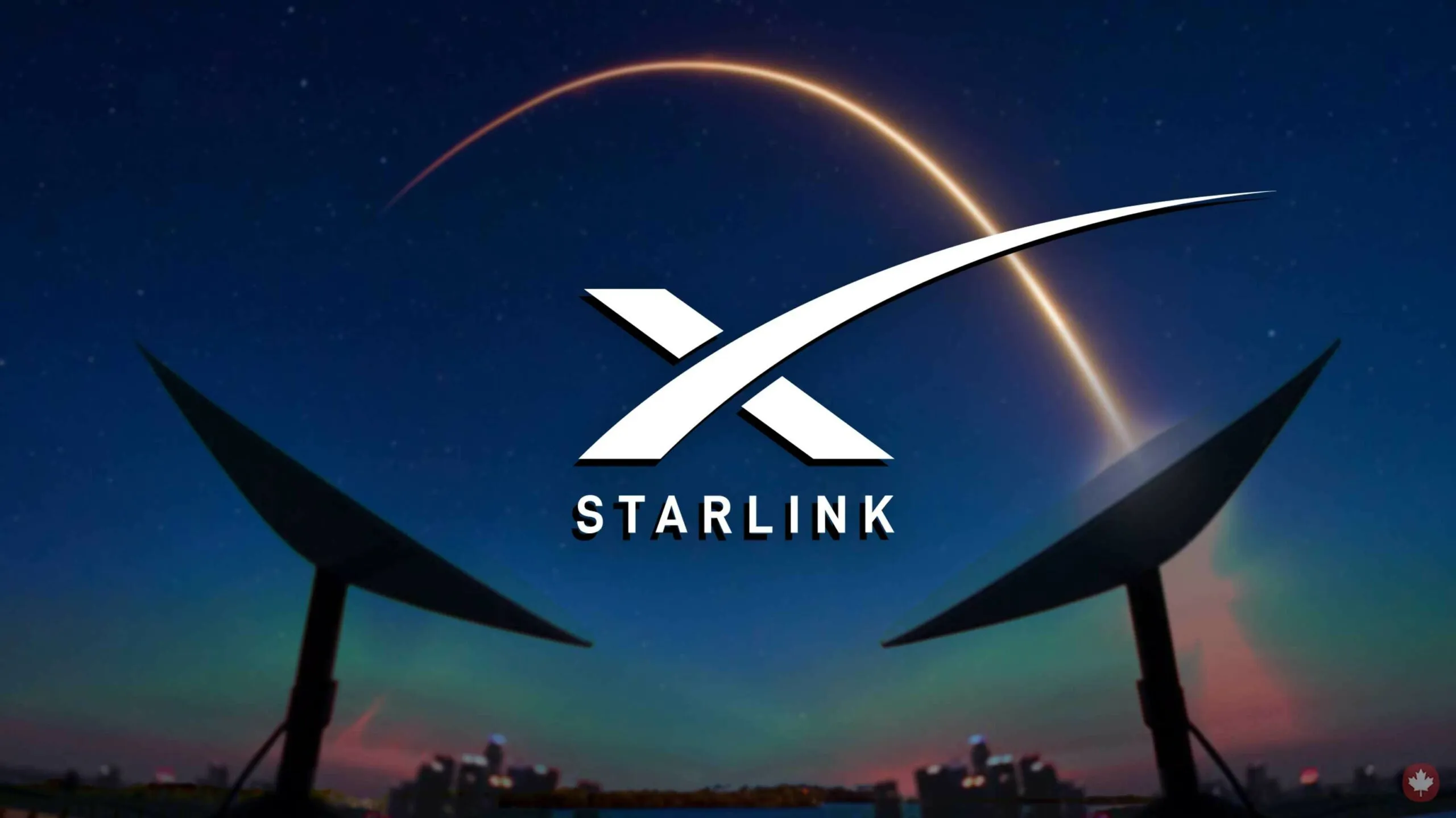The market share of Starlink fell to 0.9 percent by March 2025, from 1.1 percent in December 2024, following a seven-month subscription freeze in strategic areas such as Nairobi.
The Communications Authority of Kenya (CA) reports that Starlink dropped from 19,146 to 17,066 users in a single quarter, losing more than 2,000 subscribers.
With a high-speed, low-latency satellite connection that is perfect for rural areas where traditional services aren’t reliable, Starlink has been upending the internet market since entering Kenya in July 2023.
From grace to grass
By September 2024, the company had risen to seventh place among Kenya’s internet service providers (ISPs) with a remarkable 1.1 per cent market share. By the end of 2024, its subscriber base had grown from 8,063 in June to 19,146.
An aggressive pricing strategy and a hardware kit rental plan that reduced the price from Sh89,000 to Sh45,500 were the main drivers of this growth.
Growth, however, stalled in November 2024 when Starlink, citing network overload, suspended new subscriptions in Nairobi and the surrounding counties of Kiambu, Machakos, Kajiado, and Murang’a.
According to the company’s website, “Too many users are trying to access our service, which is affecting bandwidth,” and as a result, the company designated the impacted areas as “sold out.”
By March 2025, Starlink had fallen to eighth place among ISPs due to a 10.9% subscriber decline brought on by this freeze.
Local ISPs took advantage of Starlink’s fall
Due to the subscription freeze, local ISPs are now able to regain some ground.
Taking advantage of the disparity, Safaricom, the top ISP in Kenya with a 36.1 per cent market share, advertised its 5G routers, which were only Sh3,000 ($23) in price as opposed to Starlink’s Sh45,000 ($348) kit.
Safaricom’s aggressive marketing and reasonably priced packages have attracted users in peri-urban areas, where Starlink’s high prices continue to deter potential customers despite its appeal in rural regions.
According to Meltwater data, average fixed internet speeds in October 2024 reached 11.59 Mbps, up 18.5 per cent from January, after Safaricom launched a 1,000 Mbps package.
While Jamii Telecommunications Limited (JTL) and Wananchi Group’s Zuku saw minor share declines, other ISPs such as Vilcom Network Limited (3.2 per cent) and Poa Internet Kenya (13.8 per cent of the market share) also saw growth.
In a speech to the UN General Assembly in September 2024, President William Ruto commended this competition, saying, “Starlink causes local competitors to provide better services.”
Opposition against Starlink by Safaricom, other local ISPs
The problems with Starlink are not limited to capacity. Safaricom and other local ISPs have objected to its business model, claiming that it is predatory in its pricing and may interfere with mobile networks.
Kenya’s fixed internet subscriptions increased 13 per cent to 1.5 million by June 2024, according to the CA, indicating increased competition brought on by its market entry.
In August 2024, Safaricom cited security concerns and urged the CA to mandate that satellite providers collaborate with local operators.
Similar worries were expressed by Jamii Telecommunications, which charged that Starlink was undercutting rivals like Airtel with its Sh1,300 50GB plan and other unsustainable discounts.
By pointing out that Starlink’s tiny market share disqualifies it as a dominant player, the Competition Authority of Kenya (CAK) rejected accusations of predatory pricing.
But new regulations are on the horizon. With a 0.4 per cent turnover levy and a nearly tenfold increase in satellite licence fees to Sh15 million, the CA may put a strain on its finances.
Impact of Starlink’s slowdown on Kenyans
Kenyan users will be affected in different ways by Starlink’s slowdown. In rural areas with limited mobile and fibre coverage, high-speed connectivity is still essential.
However, according to Ookla, its download speeds have decreased from 200 Mbps at launch to 47 Mbps by March 2025, making it the second-slowest in Africa, followed by Madagascar.
A competitive, regulated market makes it difficult to scale satellite internet, as demonstrated by Starlink’s misstep in Kenya.
Although capacity constraints and local resistance have slowed its progress, its ground-breaking technology still has potential for underprivileged communities.
Starlink’s expansion in Africa
Although Starlink faces difficulties in Kenya, it is considering a daring expansion in other parts of Africa.
The business is thinking of investing R2 billion ($112.7 million) in South Africa to obtain an operating licence and meet the country’s strict Black Economic Empowerment (BEE) laws.
Through the investment, the 16-nation Southern African Development Community (SADC) region would be supported by infrastructure, such as earth stations with fibre-optic connections to data centres.
To meet South Africa’s regulatory requirements and increase high-speed internet access, especially in underserved rural areas, Starlink plans to collaborate with local businesses in the areas of construction, land leasing, fibre, energy, and maintenance.
This is in line with Starlink’s previous commitment of R500 million to give 5,000 rural South African schools free broadband, indicating a focus on digital inclusion.
Problems still exist, though, and BEE regulations that demand 30 per cent local ownership by historically under-represented groups are being circumvented by Starlink, according to critics like the EFF.
Due to regulatory delays, Starlink’s ambitious plans may not be able to launch in South Africa until 2027, when the Independent Communications Authority of South Africa (ICASA) finalises equity-equivalent frameworks.
















